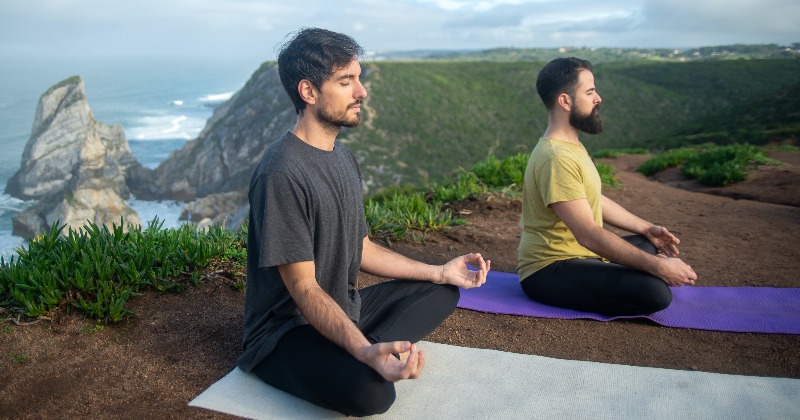Yoga experts maintain that healing trauma through yoga is a strong discipline, as the ancient practice emerges as a beneficial aid with its emphasis on mindfulness and gentle physical movement.
The impact of a natural disaster, conflict, or personal tragedy may linger on the mind and body, but yoga intervenes as a holistic approach to healing, recognizing the interdependence of physical and mental well-being.
Yoga promotes emotional balance and self-awareness. It can help people cope with difficult emotions and improve their emotional resilience.
Jump to
- 1. Yoga asanas
- 2. Practice Pranayama for mindfulness
- 3. Building a yogic community
1. Yoga asanas
Yoga asanas can help process trauma by promoting a mind-body connection that allows people to release physical and emotional tension. Through deliberate, controlled movements, deep breathing, and mindfulness, yoga helps people become more in tune with their bodies, facilitating the release of stored trauma and stress.
Asanas also promote relaxation and reduce the hyperarousal often associated with trauma, helping people regain a sense of control and security. The practice encourages self-compassion and self-awareness, providing a safe space to confront and heal past traumas while fostering emotional resilience and a sense of well-being.
2. Practice Pranayama for mindfulness
Pranayama, the practice of conscious control of breathing in mindfulness, can help process trauma by helping people regain control of their autonomic nervous system, which is often disrupted by traumatic experiences. By slowing and deepening breathing, people can move from a state of hyperarousal or hypoarousal to balanced awareness of the present moment.
This regulated breathing pattern can reduce anxiety, flashbacks, and physical manifestations of trauma, allowing people to be more centered and present. Pranayama also enhances mindfulness by focusing on breathing, which encourages recognition and acceptance of difficult emotions and memories without feeling overwhelmed, ultimately promoting healing and resilience.
3. Building a yogic community

Pexels
Building a yogic community can be a valuable support system for people processing trauma by providing a nurturing and non-judgmental environment. In such a community, people can find social connection, empathy, and shared experiences, which can reduce feelings of isolation and aid in the healing process.
The principles of yoga, such as compassion, nonviolence, and self-awareness, permeate the community and foster a sense of safety and trust. This collective environment encourages people to explore their traumas and emotions, share their stories, and receive guidance from experienced professionals or teachers.
Ultimately, being part of a yogic community can empower people in their trauma recovery journey, offering a sense of belonging and healing through a holistic approach to wellness.
What do you think about this? Tell us in the comments.
For more trending stories, follow us on Telegram.
Categories: Trending
Source: vtt.edu.vn